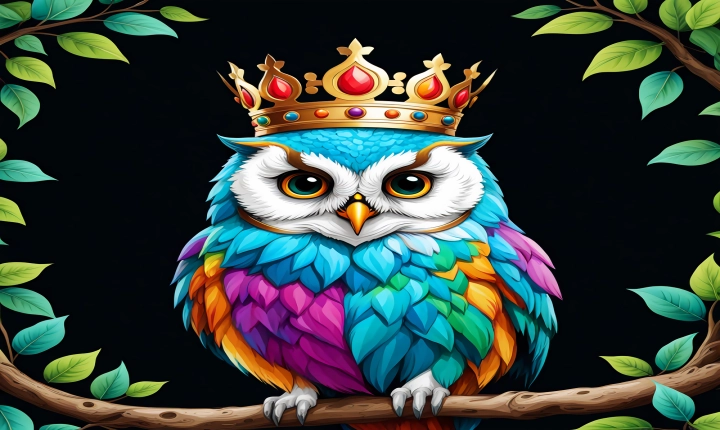AI Art: Exploring the Potential Dangers
Artificial intelligence (AI) has become increasingly prevalent in various creative fields, including art. AI-generated art has garnered attention for its unique and often intriguing aesthetic, but there are concerns about the potential dangers associated with the increasing use of AI in the art world. While AI art offers exciting possibilities, it also raises important questions about its impact on creativity, ethics, and human expression.
One of the primary concerns surrounding AI art is its impact on human creativity and originality. With sophisticated algorithms and massive datasets at their disposal, AI systems can produce art that is visually appealing and innovative. However, there is a fear that the proliferation of AI-generated art could diminish the value of human creativity and the traditional artistic process. If AI art becomes mainstream, there may be a shift in the perception of what constitutes genuine artistic expression, potentially devaluing the work of human artists.
Furthermore, the use of AI in art raises ethical questions about authorship and intellectual property. Who should be credited for AI-generated art, the programmer, the AI system itself, or both? This question becomes particularly complex when considering the commercialization and ownership of AI-generated artworks. The lack of clear guidelines and regulations in this regard could lead to legal disputes and ethical dilemmas in the art market.
Another concern is the potential for AI art to perpetuate biases and stereotypes present in the training data used to develop the AI models. If the training data is flawed or biased, the AI-generated art could reflect and reinforce these biases, inadvertently contributing to societal issues such as racial or gender discrimination. Artists and developers must be vigilant in ensuring that AI art does not perpetuate harmful stereotypes or prejudices.
Beyond these ethical and social considerations, there are also broader philosophical questions about the impact of AI art on human culture and identity. The use of AI to create art blurs the line between human and machine creativity, raising questions about the authenticity and emotional depth of AI-generated artworks. Can AI truly capture the complexity and depth of human emotions and experiences in the same way that human artists can? What does it mean for the future of art and creativity if AI can replicate human expression to such a high degree?
While these concerns are valid, it is important to note that AI art also presents potential benefits and opportunities. AI can be a powerful tool for artists, providing new avenues for experimentation, inspiration, and collaboration. Additionally, AI-generated art has the potential to broaden the definition of art and creativity, challenging traditional boundaries and fostering new forms of expression.
In conclusion, the rise of AI art presents both exciting possibilities and significant challenges. The potential dangers associated with AI-generated art, such as its impact on human creativity, ethics, and cultural identity, should not be overlooked. It is essential for artists, developers, and policymakers to critically assess the implications of AI art and work towards addressing the associated risks while harnessing the potential benefits. By engaging in thoughtful dialogue and ethical considerations, we can navigate the evolving landscape of AI art in a way that promotes creativity, diversity, and responsible innovation.
